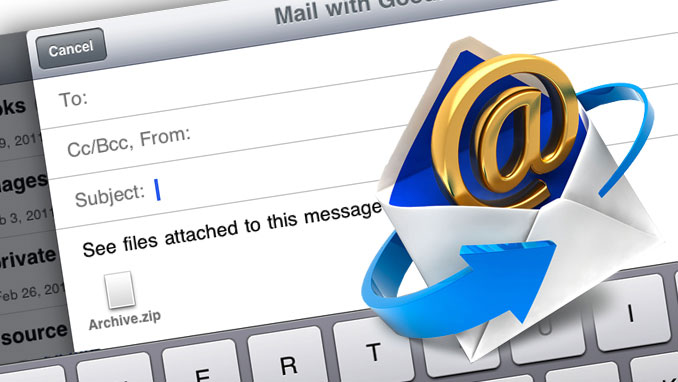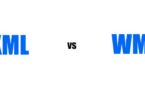Email vs Letter
Summary: Difference Between Email and Letter is that E-mail (short for electronic mail) is the transmission of messages and files via a computer network. Today, e-mail is a primary communications method for both personal and business use. While When talking about letter, we have to move the early ages. When there is no technology invented or people were not getting used to the superultra fast ways of connecting to someone.

E-mail (short for electronic mail) is the transmission of messages and files via a computer network. Today, e-mail is a primary communications method for both personal and business use. You use an e-mail program to create, send, receive, forward, store, print, and delete e-mail messages. Outlook and Windows Live Mail are two popular desktop e-mail programs.
Send an e-mail message using Outlook; Gmail and Windows Live Hotmail are two popular free e-mail Web applications. The message can be simple text or can include an attachment such as a word processing document, a graphic, an audio clip, or a video clip. Just as you address a letter when using the postal system, you address an e-mail message with the e-mail address of your intended recipient. Likewise, when someone sends you a message, he or she must have your e-mail address. An e-mail address is a combination of a user name and a domain name that identifies a user so that he or she can receive Internet e-mail. A user name is a unique combination of characters, such as letters of the alphabet and/or numbers, that identifies a specific user. In an Internet e-mail address, an @ (pronounced at) symbol separates the user name from the domain name. Your service provider supplies the domain name. A possible e-mail address for Kiley Barnhill would be [email protected], which would be read as follows: K Barnhill at e site dot com. Most e-mail programs allow you to create an address book, or contacts folder, which contains a list of names and e-mail addresses. When you send an e-mail message, an outgoing mail server that is operated by your Internet access provider determines how to route the message through the Internet and then sends the message. As you receive e-mail messages, an incoming mail server — also operated by your Internet access provider — holds the messages in your mailbox until you use your e-mail program to retrieve them. Most e-mail programs have a mail notification alert that informs you via a message and/or sound when you receive new mail.
Letter
When talking about letter, we have to move the early ages. When there is no technology invented or people were not getting used to the superultra fast ways of connecting to someone. They used to send letter’s to someone they want to share their feelings with, any message they want to convey, or even the King’s and their army heads use letter communication to tell them about war. The only way to communicate with one another in ancient time was letter in which you write your message or information and send it to the other person you want to communicate. But in the 1960s and 1970s E-mail changed a lot of it. Letter communication replaced with E-mail which was super fast.
Also Read:
Difference Between Email and Isp
Difference Between Email and Instant Messaging
Difference Between Mailing List and Newsgroup
Difference Between Instant Messaging and Text Messaging







Leave a Comment
You must be logged in to post a comment.